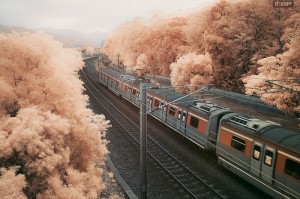Japan is the country in Aisa to gain the most significant result from the implement of solar energy led lighting. Especially after the 311 earthquake, with the increasing consciousness energy-saving, the proportion of bulb LED street light sales rocketed and is the first time to surpass incandescent bulbs in June 2011, to become the highest proportion of electric ball lighting on Japan market.
Beside energy-saving awareness-raising, the remarkable achievement of promoting LED lighting in Japan, is also credited to the related specifications on safety, performance and interchangeability, formulated by body corporate led by the power ball industry of Japan, which not only offers norms for manufacturers to follow but also enable consumers to buy peace of mind.
The current solar energy led lighting standards in Japan are classified into two categories, Japan Industrial Standard and the JEL Japanese electric ball industry specifications. Until July 2011, Japan has already developed 6 JIS LED lighting specifications, and one of them is about safety specifications and performance requirements of LED lighting module and bulb LED light but there is still no national standards on the LED road lighting currently, only local governments to formulate their own specifications requirements.
It was four LED lighting specifications that are developed by the electric ball industry in Japan, mainly to define the ways of LED lighting and LED Tubes marking, and the light mouths between LED lighting and traditional lighting, as well as system compatibility, etc. Unlike traditional lighting LED lighting in the weight, circuit, system requirements. If the compatibility specifications was not developed, it could easily lead to damage of the LED lights when in use, even heat, fire, and other danger.
Referring to international standard IEC, Japanese solar energy led lighting standards are developed to regular safety and color rendition, brightness, life under a variety of environments, to eliminate products whose safety and performance are below the standards, so as to replace traditional incandescent light bulbs and other lighting completely.

